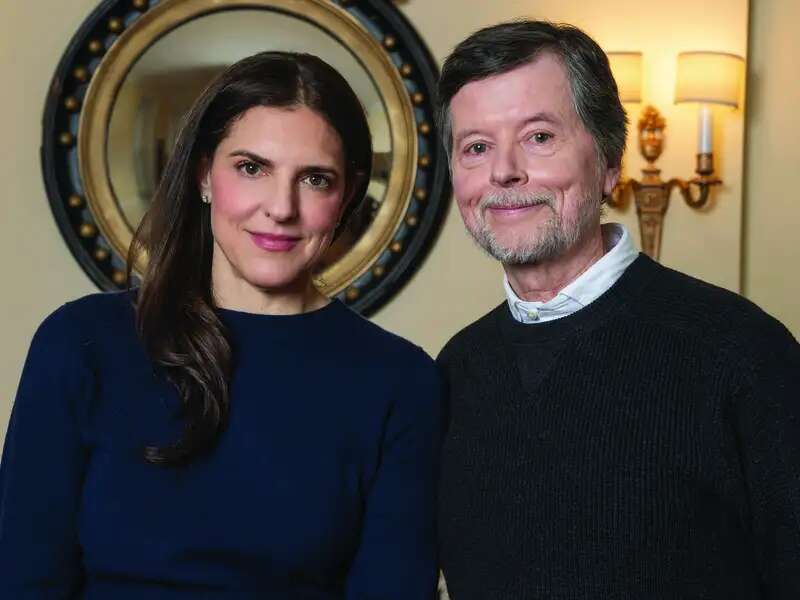
Ahead of Ken Burns’s Latest Docuseries, Co-Director Sarah Botstein '94 Shares her Path, Process.
A self-described “Wall Street Journal reporter turned professional bodybuilder,” Anne Marie Chaker ’97 is a strong advocate for women finding their strength — physically and mentally — and she knows its importance firsthand. After a series of personally challenging life events, including a divorce, Chaker began strength training in 2017. By 2020, she was winning competitions. Today, Chaker is the author of the Lift newsletter and Lift: How Women Can Reclaim Their Physical Power and Transform Their Lives (published June 17th), which has been widely covered by outlets like CBS News and The New York Times. Prior to the book, Chaker spent over two decades as a veteran journalist for the WSJ, covering everything from politics to consumer trends, in addition to helping the paper win a Pulitzer Prize in 2002 for its coverage of the September 11 attacks.
How did you first discover bodybuilding?
Years back, I took my daughter to her ice hockey tournament and went down to the hotel’s dinky weight room where we were staying, and there was this hockey mom who looked incredible. She was hoisting barbells, and she was obviously on some kind of regimented plan and training for something. And I was like, “Whatever this woman is doing, I want that.” And it wasn’t because she was thin or perfect, but it was because she was buff and looked like she knew what she was doing. She was in control. So I went up to her and asked her what her sport was, and she suggested I talk to this online coach that she was working with. I started working with this lady. I started understanding nutrition better, lifting heavy weights, and ultimately, looked and performed a lot better.
How did bodybuilding and this new approach to fitness and dieting make you feel?
It is like this moment in the day where I can be out of my head, just lifting heavy things. And there is something very special and powerful about it. It is this moment of self-care each day.
How did the book come about?
The book was born out of a story that I had written in 2020 about my midlife journey into competitive bodybuilding. I wanted it to be a deep journalistic dive on where this thinness business came from and what it has cost women — psychologically and economically — and society as a whole. It’s also about the unharnessed power of muscle and why women need to build rather than reduce themselves. And I love the title, Lift, which is meant to be concrete about lifting weights, but also I want the book to hopefully uplift women.
What’s the biggest misconception about women and weightlifting, and what’s the reality?
I think women still worry about bulk. I can’t state it strongly enough that there is no way you will get bulky from weightlifting. Women just don’t have the testosterone stores to have that kind of density of muscle. That’s a myth that will not die, it seems.
Has your relationship to fitness or athletics changed over the years?
I was a figure skater growing up, and I wasn’t built like a figure skater. I often got messages of thinness from coaches at the rink. When I rowed crew at Barnard, I wasn’t tall enough. It’s a sport that really favors longer limbs for the boat. So my relationship with my sports was: I was good at them, but I was never quite right. Yet in my 40s, I ended up doing well in this sport that favors older women. Bodies with more mature muscle actually appear more interesting than younger ones.